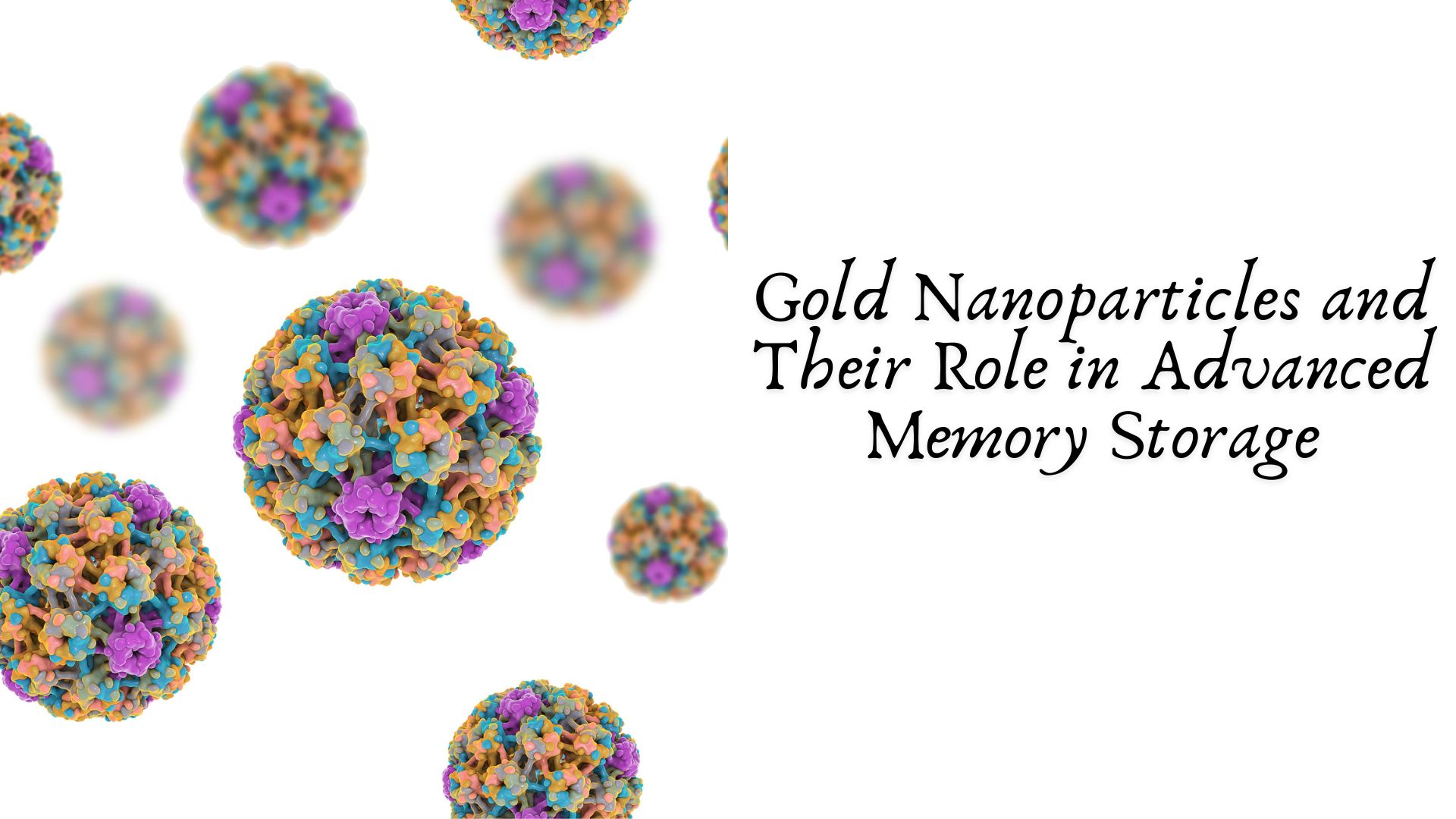Introduction
The evolution of memory storage technologies has been driven by the demand for higher capacity, faster speeds, and greater energy efficiency. In this quest for innovation, nanotechnology has emerged as a game-changer. Among various nanomaterials, gold nanoparticles (AuNPs) have shown remarkable promise in revolutionizing data storage. Their unique electrical, optical, and chemical properties make them ideal candidates for next-generation memory devices. This article explores the role of gold nanoparticles in advanced memory storage and their potential to transform the industry.
The Unique Properties of Gold Nanoparticles
Gold nanoparticles exhibit exceptional properties that make them suitable for use in memory storage systems. These include:
- High Conductivity: AuNPs possess excellent electrical conductivity, which enhances charge transfer mechanisms in memory devices.
- Stability: They are chemically and thermally stable, making them highly durable under extreme conditions.
- Surface Plasmon Resonance (SPR): This property allows for enhanced light absorption and utilization in optoelectronic memory systems.
- Size-Tunable Properties: The ability to control their size and shape enables precise manipulation of their electrical behavior.
Applications of Gold Nanoparticles in Memory Storage
Charge-Trap Flash Memory
Charge-trap flash memory (CTFM) is an advanced type of non-volatile memory where charge storage occurs in discrete trap sites. Gold nanoparticles serve as charge-trapping centers, significantly improving the performance of flash memory by increasing retention time, reducing power consumption, and enhancing reliability.
Resistive Random-Access Memory (RRAM)
RRAM is a promising memory technology that relies on the resistance change of a dielectric material to store data. The incorporation of gold nanoparticles into RRAM structures enhances their switching performance, providing lower power consumption and higher endurance.
Phase-Change Memory (PCM)
Gold nanoparticles have been explored for improving phase-change memory, where data storage is based on the phase transition of chalcogenide materials. By acting as a nucleation center, AuNPs help achieve faster phase transitions and lower power requirements.
Optoelectronic Memory
With their superior plasmonic properties, gold nanoparticles play a crucial role in optoelectronic memory systems, where data is written and read using light. This technology paves the way for ultrafast memory devices with high storage capacities.
Neuromorphic Computing
The development of artificial synapses for neuromorphic computing relies on materials that can mimic biological synaptic behavior. Gold nanoparticles have been utilized in memristors and artificial neurons, contributing to the advancement of brain-inspired memory architectures.
Advantages of Using Gold Nanoparticles in Memory Storage
- Enhanced Performance: The integration of AuNPs improves memory speed and efficiency.
- Miniaturization: Enables the development of ultra-small memory devices.
- Energy Efficiency: Reduces power consumption, making memory storage more sustainable.
- Long-Term Data Retention: Improves the stability and reliability of stored data over extended periods.
Challenges and Future Prospects
Despite their potential, several challenges need to be addressed before gold nanoparticle-based memory devices can be commercially viable:
- Fabrication Complexity: Developing large-scale manufacturing techniques for integrating AuNPs into memory devices remains a challenge.
- Cost Considerations: Gold is an expensive material, and cost-effective alternatives or hybrid nanomaterials may be explored.
- Compatibility with Existing Technologies: Integrating AuNPs with current semiconductor technologies requires further research and optimization.
Conclusion
Gold nanoparticles are poised to play a significant role in the future of memory storage. Their exceptional electrical and optical properties make them ideal for next-generation memory technologies, including charge-trap flash memory, RRAM, PCM, and optoelectronic storage. While challenges remain in large-scale fabrication and cost reduction, continued advancements in nanotechnology are likely to unlock the full potential of AuNPs in revolutionizing data storage. As research progresses, gold nanoparticle-based memory devices may soon become a mainstream solution for high-performance and energy-efficient memory applications.

